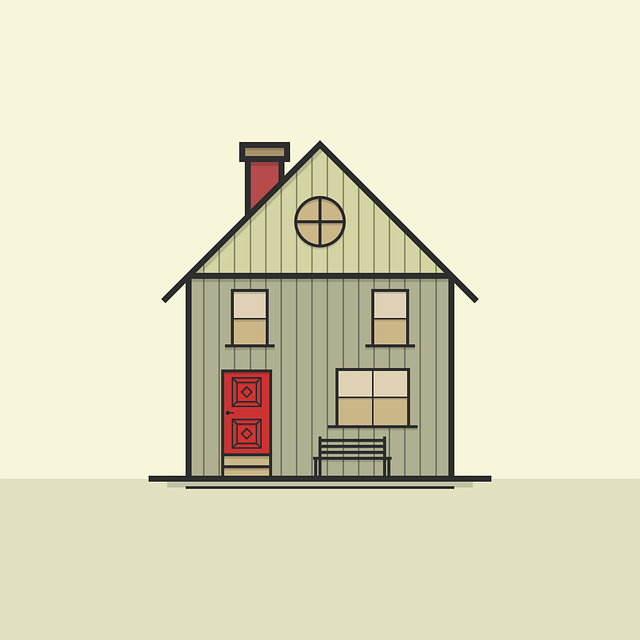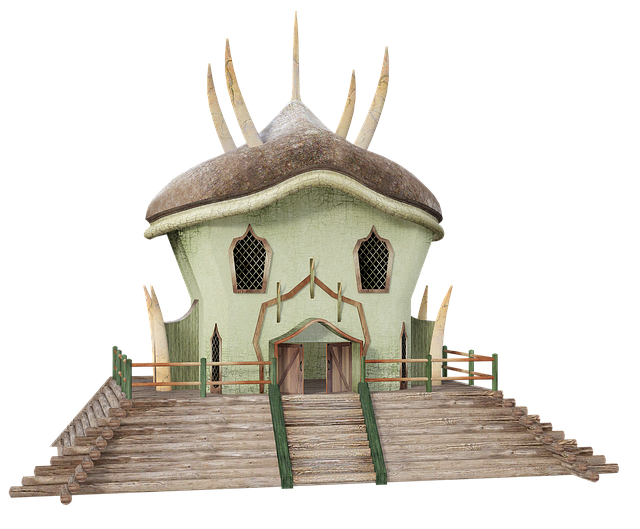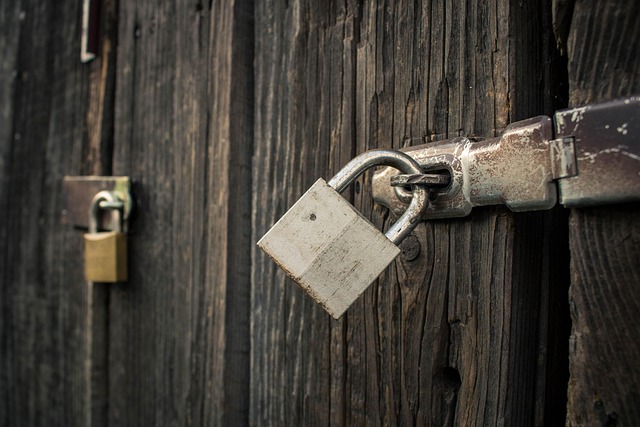Senior home safety requires tailored solutions addressing age-related changes. Fall detection devices, leveraging advanced sensors and algorithms, promptly recognize and respond to falls, providing immediate assistance and activating emergency services. These tools enhance peace of mind for seniors and caregivers, while smart home systems automate tasks and add extra security. Privacy protection through encryption and secure data storage is crucial to gain seniors' trust in these technologies.
In today’s digital era, combining convenience and security in senior safety systems is paramount. As the population ages, understanding the unique needs of seniors—including enhanced safety measures without compromising privacy—is crucial. This article explores key components such as fall detection devices, integration of technology for improved convenience and security, and robust data protection protocols. By delving into these aspects, we aim to illuminate innovative solutions that ensure seniors live independently while remaining safe. Fall detection devices stand out as vital tools in this pursuit, enhancing peace of mind for both users and caregivers.
- Understanding the Unique Needs of Seniors: Why Security is Paramount
- The Role of Fall Detection Devices in Senior Safety
- Integrating Technology: Enhancing Convenience and Security
- Ensuring Privacy and Data Protection for Elderly Users
Understanding the Unique Needs of Seniors: Why Security is Paramount

Senior citizens have distinct requirements when it comes to safety and security in their homes, often driven by age-related physical changes and potential cognitive impairments. Ensuring their well-being is not just about comfort but also about mitigating risks associated with falls, memory loss, or other health issues. This understanding is crucial when designing senior safety systems.
One of the primary considerations is the integration of fall detection devices, which can be life-saving. These technologies are designed to recognize and respond to a fall, providing immediate assistance and alerts to caregivers or emergency services. By prioritizing security, we not only empower seniors to live independently but also offer peace of mind for their families, ensuring that help arrives promptly should an accident occur.
The Role of Fall Detection Devices in Senior Safety

Fall detection devices play a pivotal role in enhancing senior safety, particularly within the context of independent living. These innovative technologies are designed to swiftly identify and respond to falls, providing crucial assistance to elderly individuals who may be at risk due to mobility issues or age-related frailty. By integrating advanced sensors and algorithms, fall detection devices can accurately determine when a fall has occurred, triggering an immediate alert to caregiving personnel or family members.
The implementation of such devices offers a two-fold benefit: convenience and security. On one hand, it provides seniors with peace of mind, knowing that help is readily available in case of an emergency. On the other, it empowers caregivers by enabling them to monitor their charges remotely, ensuring timely intervention without constantly being present. This technology bridges the gap between autonomy and support, fostering a sense of independence while maintaining safety measures tailored to senior living needs.
Integrating Technology: Enhancing Convenience and Security

Integrating technology into senior safety systems offers a powerful solution that enhances both convenience and security for elderly individuals. Modern innovations, such as wearable fall detection devices, play a pivotal role in this regard. These tiny yet potent tools can discreetly monitor an older adult’s activities, providing peace of mind to caregivers and loved ones. With just a subtle buzz or vibration, these devices can notify emergency services if a fall is detected, ensuring swift assistance.
Furthermore, technology integration goes beyond fall detection. Smart home systems can automate various tasks, making daily routines more convenient for seniors while also adding an extra layer of security. From voice-activated assistants that allow for hands-free operation of lights and appliances to automated locks that prevent unauthorized access, these innovations cater to the unique needs of older adults, fostering independence while maintaining safety standards.
Ensuring Privacy and Data Protection for Elderly Users

Protecting the privacy and data of elderly users is a paramount concern in senior safety systems. Fall detection devices, a key component in these systems, must strike a delicate balance between monitoring for potential falls and safeguarding personal information. These devices often rely on sensors, cameras, or other technologies to detect unusual movements or inactivity, but they should be designed with robust data encryption and secure storage protocols to prevent unauthorized access.
Elderly individuals may be particularly vulnerable to privacy breaches due to health conditions or cognitive impairments. Therefore, it’s crucial for developers to implement user-centric data protection measures, such as allowing users to control data sharing settings, providing transparent data usage policies, and ensuring compliance with relevant data protection regulations. This approach fosters trust, empowering seniors to embrace safety technologies without compromising their privacy.
Combining convenience and security in senior safety systems is not just a trend, but a necessity. By understanding the unique needs of seniors, leveraging technology like fall detection devices, and prioritizing privacy, we can create solutions that enhance quality of life without compromising safety. Integrating these innovations ensures seniors stay independent while accessing prompt assistance when needed. Remember that, as the population ages, these systems will play a vital role in supporting active and secure lifestyles for all elders.
